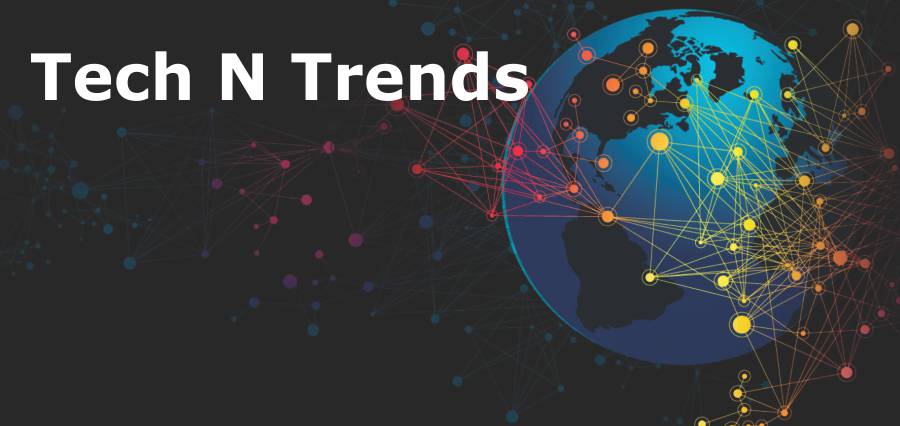Consumers, devices, activities, and networks are continually generating data. When users listen to music, shop online, play single player or co-op games, stream videos, or make in-app purchases, their activity generates data about their preferences and needs, as well as their QoE. Even when the devices are not being used or they are ideal, the network is generating location and other data that keeps services running and the data is generated uninterruptedly. As a result, there is tremendous growth in the rate of mobile network data traffic.
By 2020, it is estimated that the number of smart device subscriptions will increase from today’s three billion to nearly six billion, and the total amount of data traffic generated by these devices will be 5 times that as compared to today. The telecom analytics market alone is expected to have a compound annual growth rate of nearly fifty percent. And in this scenario, annual revenues in the big-data-driven marketplace are expected to reach USD 5.4 billion at the end of 2019.
Analytics is essential to the enablement of innovation and managing the cost effectively. It also provides useful insights across all the business segments. Now, the need to provide flexible solutions and cross-domain support includes a common architecture to maximize agility, reusability and cross-selling of analytics applications is increasing day-by-day. And the Results and Insights can be shared and appear on an integrated and interactive platform, which may be able to implement API, allowing multiple applications to be supported by the common data infrastructure.
Even though, the underlying big data technology is certainly an enabler, but on itself, it is not able to generate value. It is generated by the faster, smarter and timely decisions enabled by insights which are gleaned from newly discovered and defined data relationships prove to be beneficial. Also, the following sections provide an example of the use cases that can be realized for big data analytics.
SMART NETWORKS
Smart networks help in optimizing the usage of network resources and management of network traffic to improve the user experience. This enables delivery of more compelling service offerings. Every day, new services are introduced, and network & data traffic patterns for individual services change over time.
It has therefore become important to design products and solutions that capture relevant characteristics and excel in a changing environment. Big data analytics is helpful in providing the means of large-scale statistical analysis like this. Also, it aids in predicting and observing traffic patterns, as well as quickly detecting anomalies and trend shifts.
DATA BROKERING AND MULTISIDED BUSINESS MODELS
With data brokering and multisided business models, new revenue streams can be captured efficiently. Also, this can be done by leveraging the valuable knowledge extracted from user and network data. This knowledge often proves to be valuable to a variety of potential business partners. For instance, data about customer satisfaction, consumer segment, consumer value is there. Or it can be overlaid on geolocation data, creating a view of concentration or focus points of various types of consumers. The ‘heatmaps’ generated with this behavioral patterns can show changes over time, day of week or any particular type or even special events. Analyzing this data sets can help with targeted marketing & advertising and business investment planning.
MARKETING
Effective marketing or advertising requires accurate insights into experiences. And with the constantly evolving technologies in analytics, it is possible to do it far more accurately, the predictions of customer satisfaction; since it enables multisource and multifaceted analysis. CEM systems collect, analyze and aggregate events in the provider’s network and other operational systems to provide insights about the consumer experience, including actions recommended.
The evaluated user-centric, real-time insights related to user behavior, devices, contextual data and network data allow marketing & advertising professionals to identify consumers with a particular user experience. They also carry out in-depth analysis with evaluation of the psychological perception of the services and plan for targeted actions such as retention campaigns and up-selling.
There are still many challenges; a typical example can be mentioned as big data collections or streams that may be optimized for scaling, for example by aggregating data which is close to the source. This, indeed, impacts the accuracy of the data analysis and the available insights for marketing. Data collection must therefore be optimized to a greater possible degree which will in turn benefit the use cases and insights.
While processing techniques and big data storage are necessary enablers, the goal must be the creation of the correct use cases. The tools in big data and deployed technologies must support the process of finding insights that are actionable, accurate and adequate. these three ‘A’s of big data need greater attention from the industry.

Insights Success stands as the epitome of trust and authority. It has earned its reputation as the foremost source of business intelligence, providing readers with a gateway to the pulse of Bharat’s advancing business landscape.
Quick Links
Enquiry
info@insightssuccess.in
for more information on advertising opportunities with Insights Success magazine.
8793630422 / 24
Reach out to Us
Insights Success Media and Technology Pvt. Ltd.
512, Brand Square,
Kunal Icon Rd, Pimple Saudagar,
Pune, Maharashtra 411027

